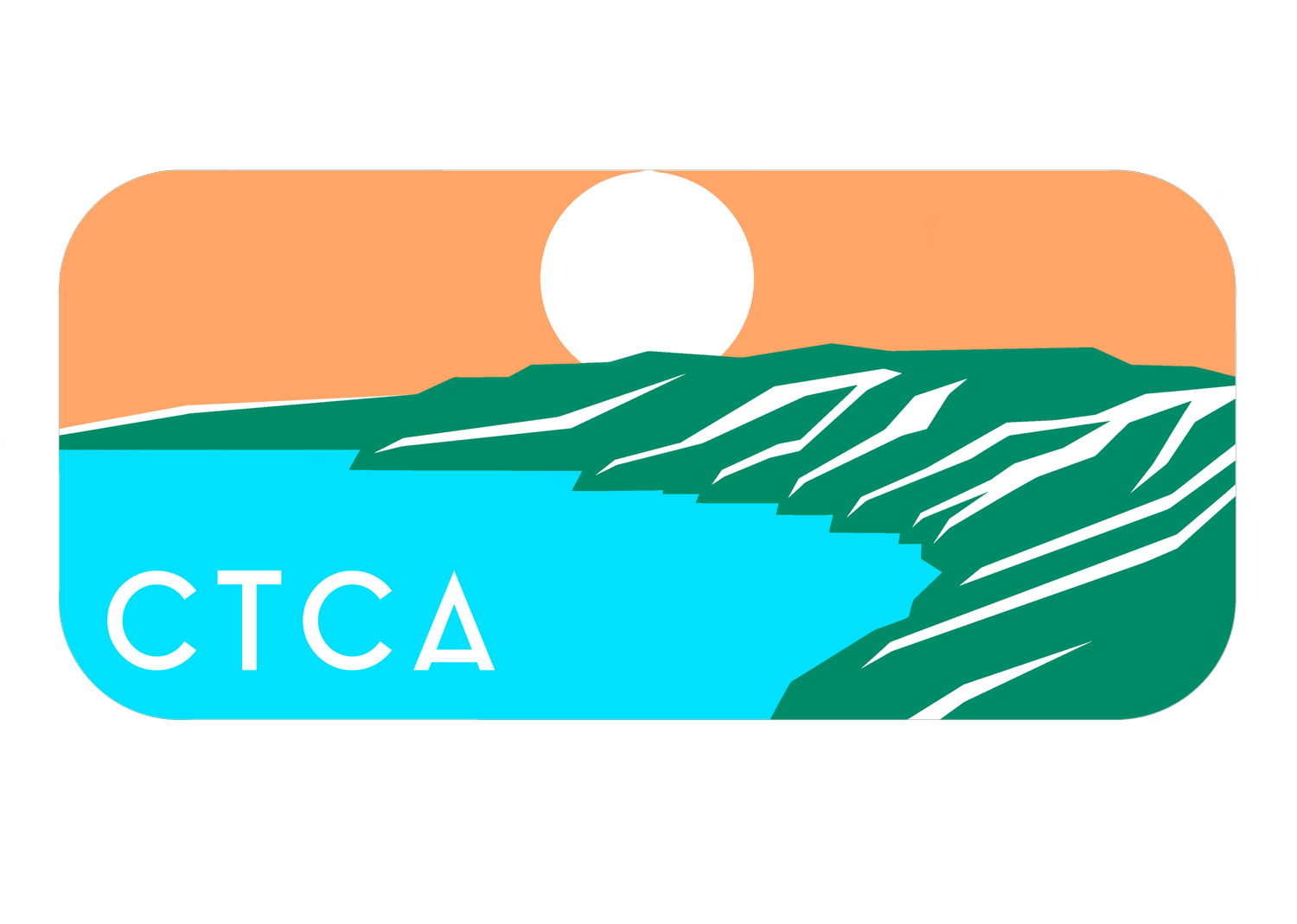Since 1969, we have worked for the benefit of our Comanche Trail neighborhood.
Our Neighborhood’s history.
I. Pre-Colonial
According to historians, what would later become Travis County, Texas was once populated by Paleolithic peoples, and eventually by nomadic tribes of Lipan, Apaches, and Tonkawas in the fourteenth century, with Kiowas and our namesake Comanches moving into the area in the late seventeenth and early eighteenth centuries. These tribes moved freely along the Colorado River, with some farming and others setting up trading centers for bartering amongst themselves and with the Europeans after their arrival in the sixteenth century.
Indigenous artifacts found in our neighborhood.
III. Mansfield Dam & Lake Travis
To address the destructive flooding of ranch lands, the Lower Colorado River Authority (LCRA) and the U.S. Bureau of Reclamation built Mansfield Dam from 1937 to 1942, which created Lake Travis from the formerly free flowing Colorado River. The dam was built across a deep canyon at Marshall Ford, a longtime river crossing and settlement.
Lake Travis is the only lake in the Highland Lakes chain specifically designed to hold back floodwaters. It has the largest storage capacity of all the Highland Lakes. While the average depth is 62 feet when the lake is full, the deepest part of the lake between Volente and Hudson Bend goes to a depth of 210 feet.
V. CTCA
The Comanche Trail Community Association originated in 1969 as a response by neighborhood residents to the problems caused by the increasing popularity of Hippy Hollow Park, which had become a hot spot for partygoers, nudists, hippies, and the LGBTQ community.
Throughout the 70s, 80s, and 90s this volunteer group of residents organized and led neighborhood efforts to improve oversight of the park, increase resident and visitor safety, and introduce much needed infrastructure such as paved roads, running water, and traffic management.
During these years a system of annual dues for residents was introduced, as well as bylaws adopted and board of directors procedures formalized.
The community association’s most recent noteworthy accomplishment is the establishment of a wildfire committee and a first-of-its-kind neighborhood fire evacuation drill, in cooperation with local and state agencies and officials.
Today our CTCA still functions in its original capacity as a volunteer organization dedicated to improving the neighborhood, fostering community, and maintaining a good quality of life for our residents.
Any neighborhood residents are welcome to get involved. Just reach out with any questions or ideas you may have!
II. Post-Settlement
As more newcomers settled in Texas, Native tribes were eventually decimated by disease introduced by contact with the new populations, and driven out of the area through the unfortunate policies, attitudes and cultural clashes of the era of Westward expansion.
From the time of settlers first establishing communities, to the early 1900’s, the area where Comanche Trail now sits was not much more than a rough patchwork of farms, ranch land, and wooded areas which suffered increasingly devastating floods from the free flowing Colorado River.
IV. Comanche Trail Neighborhood
Our neighborhood was established in 1946 with 44 homesites on the lake. Many of the initial structures were small cottages for locals and weekend homes for Austinites. In the 1950s the neighborhood was expanded, with more homesites built on the hills overlooking the lake. Eventually all of the weekend cottages were replaced or expanded into full-time residential homes, and new construction in the area has continued to the present.
Comanche Trail is now a neighborhood of about 6,000 people, with approximately 250 homes built in the hills and along the banks of Lake Travis. About a quarter of the homes are waterfront property, but nearly all homes have lake views.
Because Comanche trail has never had an internal governing body like a homeowners’ association (HOA), an eclectic variety of building styles and home sizes coexist in the neighborhood, adding to its unique charm.

